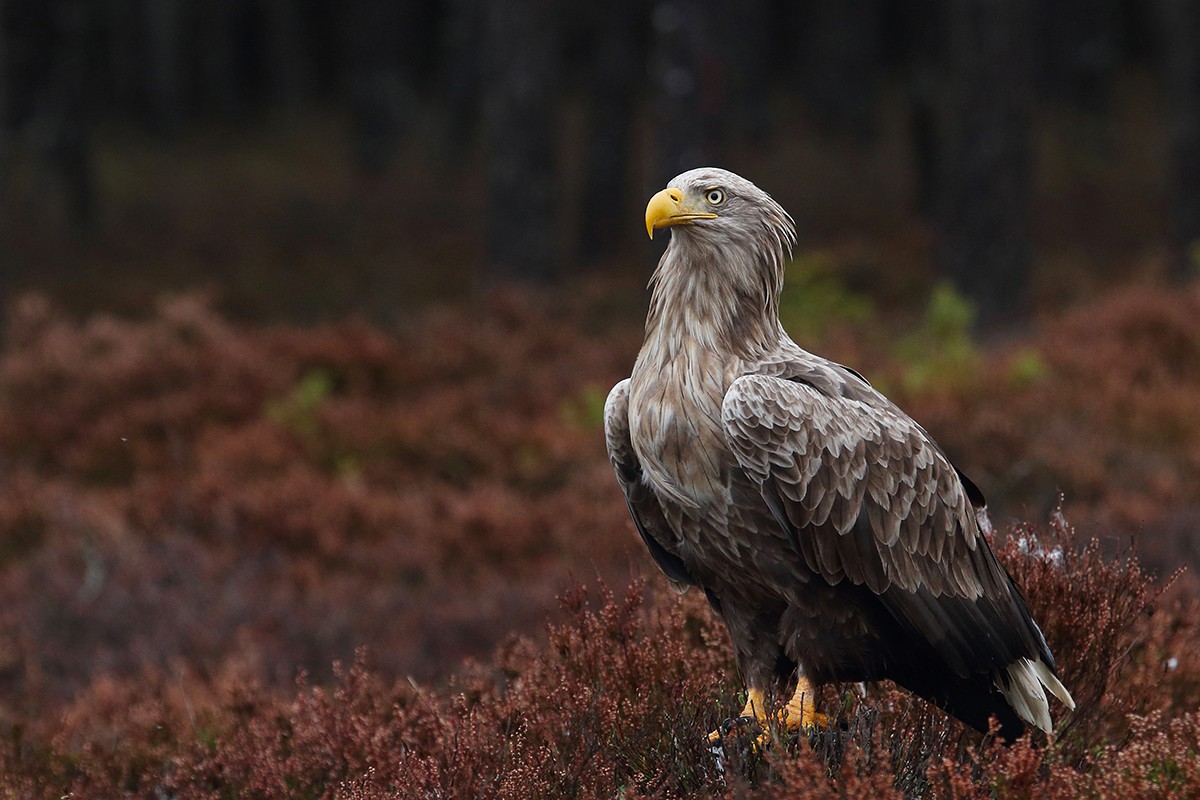 Where does white-tailed Eagle live?
Where does white-tailed Eagle live?
Where does white-tailed Eagle live?
White-tailed eagles may be found in varied habitat but usually are closely associated with water and generally occurs in lowland areas. Although mainly a lowland species, the species is known to live at elevations of 1,500 to 2,300 m (4,900 to 7,500 ft) so long as there is water access in some parts of Central Asia and Siberia. In coastal areas, the species may range from high sea cliffs down to low-lying islands and archipelagos. Especially in winter, many white-tailed eagles often frequent low coastal spots, estuaries and coastal marshes. Several studies have supported that coastal areas are preferred when available during winter. In many areas, white-tailed eagles can seem to switch freely between usually cliff habitat and wooded spots for nesting sites and the center of their home range habitat. In some areas, such as Japan, this species may occur in regions with intensive human fishing activity and they may become unusually partially habituated to this human presence. Inland, white-tailed eagles usually require secluded woods, forested areas or groups of trees with tall mature trees and access to freshwater wetlands such as lakes, river systems, marshes or extensive, low-disturbance farmland. In the alluvial wetlands of Croatia, 95% of nests were found within 4 km (2.5 mi) of deep freshwater. In some areas, white-tailed eagles readily visit commercial fish farms, carp ponds and similar areas with easily accessible food but they will usually avoid areas where human disturbances (especially noisy varieties such as construction, water sporting and heavy boating activities and hunting) commonly occur. However, forestry activity and resulting lessened numbers of tall mature trees and large tree stands in Estonia was found to affect breeding white-tailed eagles less so than it seemed to affect breeding black storks (Ciconia nigra). On the other hand, from studying wintering white-tailed eagles in partially or heavily disturbed wetlands in parts of the Netherlands shows that such areas cannot support the eagles for any long-term period and may only be visited for a day or two by individual eagles.
